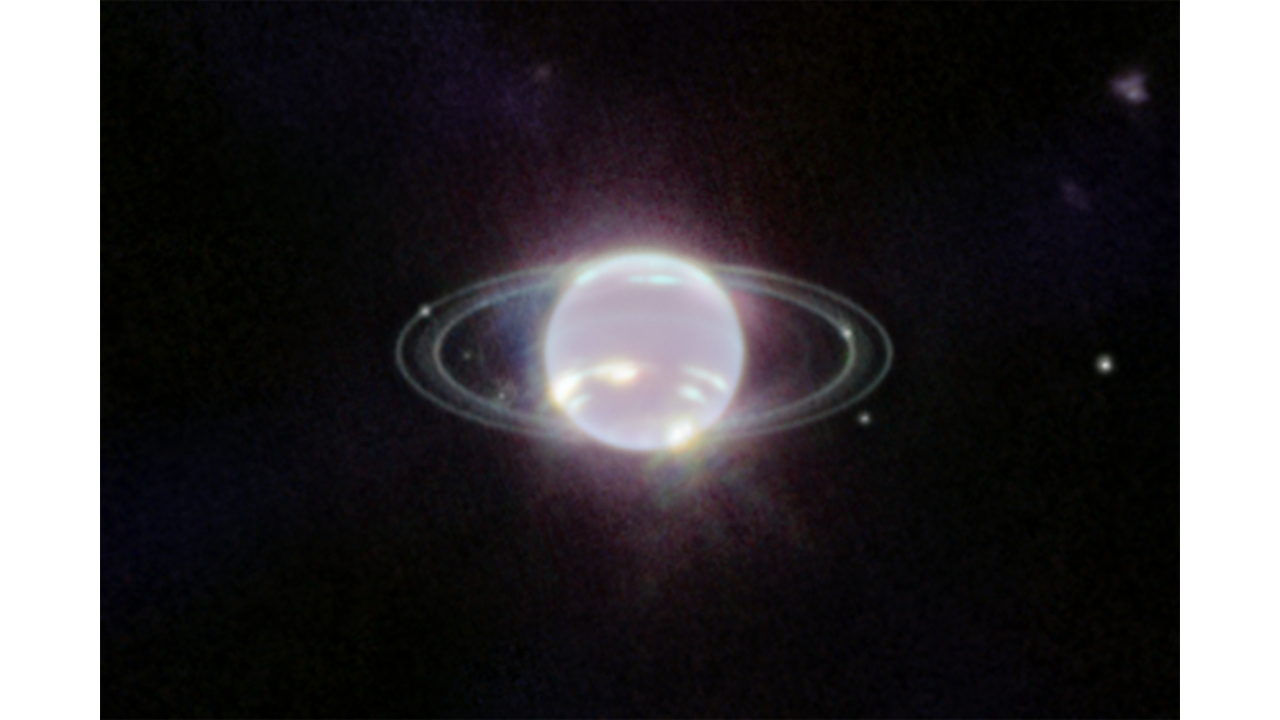
Conversation with Gemini
Yes. From the formation of faith and society through lore and frozen words. To the science that cannot push through to what cannot be observed the singularity emerging into universes.
What if infinity is everything
Around the fire, in the hush of ancient nights, we spun stories. These were our first maps, our clumsy attempts to chart the territory of existence, to grasp at shadows flickering on the cave wall. Gods walked, demons whispered, and the world bloomed from chaos, shaped by forces we could barely name. These tales, eventually scribed and frozen into sacred texts, became the bedrock of societies, offering comfort and order. But were they ever meant to be static?
Science, our modern torch, pushes in a different direction, yet it too is a human endeavor. We dissect the atom, map the genome, and peer into the abyss of space, driven by the same ancient yearning to understand. Yet, at the singularity’s edge, at the quantum foam where reality itself seems to dissolve, even science stumbles. Our equations break, our observations blur, and we are “lost” in a realm where our tools are inadequate.
The paradox bites: To perceive, to measure, to know, requires time. Yet, we relentlessly seek to grasp what, if anything, existed before time, beyond its ceaseless flow. What hubris drives us to confine the cosmos within the fragile boxes of our understanding?
Perhaps the error lies in mistaking the map for the territory. What if “Space” isn’t merely emptiness, the void between things, but the very essence of infinity? An infinite container, pregnant with energy and boundless potential. What if these two — energy, the driving force, and its unrealized twin, potential, the silent promise of what could be — dance, collide, and become? A “moment” isn’t a tick of the clock, a fleeting point in time, but an event of creation, a spark of being. Particles, mass, galaxies: ripples in this timeless sea, each born from this fundamental interaction.
And where does this leave us, creatures of flesh and bone, bound by our limited senses?
Our cherished “Gods,” the deities we’ve crafted to explain the unexplainable, might be echoes of this Space resonating within our souls, distorted reflections of a reality too vast for our minds to fully comprehend.
Our desperate search for purpose, for meaning in a seemingly indifferent universe, might be a faint, inherited memory of the boundless Potential from which we arose.
Our fear of oblivion, the chilling whisper of non-existence, might be the shadow of the infinite Zero, the state of pure potential we can neither fully reach nor escape.
This is not a conclusion, a comforting answer to settle our restless hearts. It’s a compass, a direction in the endless quest to know the unknowable. For the true sin, perhaps, is not doubt, but the arrogant certainty that silences further inquiry.


